The Dominican Republic is a tapestry of tastes, a place where every meal tells a story of cultural convergence and culinary craftsmanship. At the heart of this gastronomic narrative is a series of dishes that are not just common but cherished, forming the backbone of daily life and festive celebrations alike.
From the simplicity of street-side snacks to the complexity of seasoned stews, Dominican cuisine offers a palette of flavors that is as diverse as its landscape. This article unfolds the culinary map of the Dominican Republic, guiding you through the traditional staples that locals and visitors crave. Whether it’s the hearty breakfast of Mangú or the iconic lunch platter known as La Bandera, each section of this guide is a doorway to delicious discovery. Let’s explore what is the most common food in the Dominican Republic.
What is the most common food in the Dominican Republic?
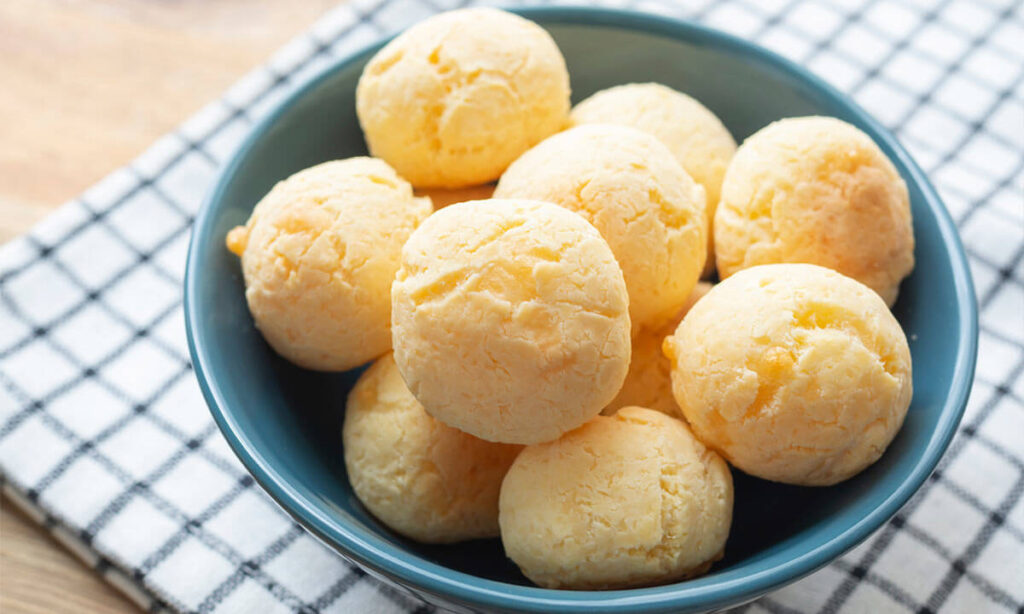
The Heart of Dominican Cuisine: Dominican cuisine is a reflection of its history, a blend of Taino, African, and Spanish influences that have come together to create a unique and flavorful dining experience. At the core of this culinary tradition are two dishes that are not only common but also deeply embedded in the nation’s culture: Mangú and La Bandera.
Mangú: The Staple Breakfast
Mangú, a dish of mashed plantains, is the quintessential Dominican breakfast. It starts with green plantains boiled to perfection, then mashed with butter, oil, or water until they reach a smooth, creamy consistency. This humble dish is elevated to new heights when served with “Los Tres Golpes” – the three hits. These are fried eggs, fried salami, and fried cheese, accompanied by pickled red onions, providing a balance of textures and flavours that awaken the senses and prepare you for the day ahead.

La Bandera: The National Lunch
Come midday, La Bandera waves its colors on plates across the Dominican Republic. This ‘flag’ of a meal consists of rice, beans, and meat, often chicken, beef, or pork, stewed or roasted with a rich blend of herbs and spices. A side salad of fresh vegetables completes the dish, offering a refreshing contrast to the hearty main components. La Bandera is more than just a lunch; it’s a daily celebration of national pride, with each ingredient representing a part of the Dominican flag and, by extension, the country’s identity.

Street Foods and Snacks
The streets of the Dominican Republic are a canvas for culinary artists, where the vibrant culture is expressed through an array of tantalizing snacks. These quick bites are not just food; they’re a way of life, offering a glimpse into the soul of the nation.
Empanadas and Pastelitos

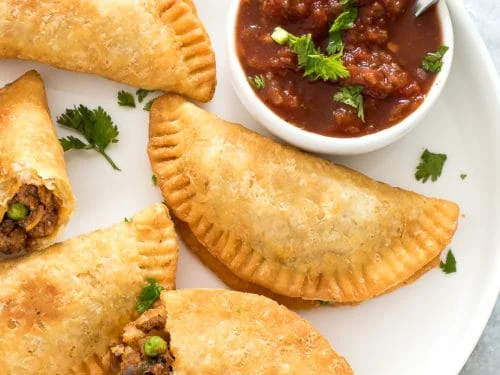
Dominican empanadas and pastelitos are the cornerstones of street food found in every corner of the country. These golden, flaky pastries are filled with a variety of ingredients, from savory meats like chicken and beef to sweet fillings like guava and cheese. Each bite is a testament to the country’s diverse culinary influences, with the Taino, African, and Spanish flavors melding in perfect harmony. They’re more than just a snack; they’re a celebration of the island’s history wrapped in a delicious, edible package.
Tostones and Fritos
No discussion of Dominican street food would be complete without mentioning tostones and Fritos. Tostones, twice-fried plantain slices, are the crunchy, salty counterpart to the sweet plantain dishes found throughout the island. They’re often served with a side of tangy dipping sauce or topped with a sprinkle of salt to enhance their natural flavor. Fritos, on the other hand, are ripe plantains fried until they caramelize, creating a sweet and savory treat that’s hard to resist. These plantain-based snacks are a testament to the versatility of one of the Dominican Republic’s most beloved ingredients.

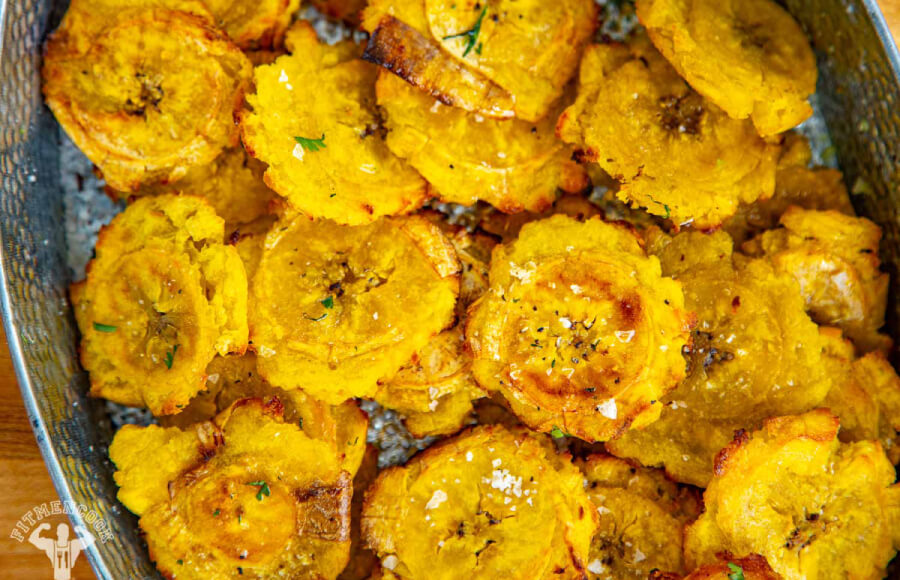
Dominican Sweets and Desserts
In the Dominican Republic, the end of a meal is just the beginning of a sweet journey. The country’s desserts are a testament to its rich cultural tapestry, offering a variety of flavours that range from creamy indulgences to light and fruity.
Dulce de Leche and Flan
Dulce de Leche, a sweet milk-based confection, is a beloved treat throughout the Dominican Republic. This creamy delight is often spread on bread or used as a filling for cakes and cookies, providing a rich caramel flavor that is both comforting and indulgent. Flan, on the other hand, is a smooth, custard-like dessert that is typically topped with a layer of soft caramel. It’s a staple at family gatherings and celebrations, revered for its simplicity and elegance.
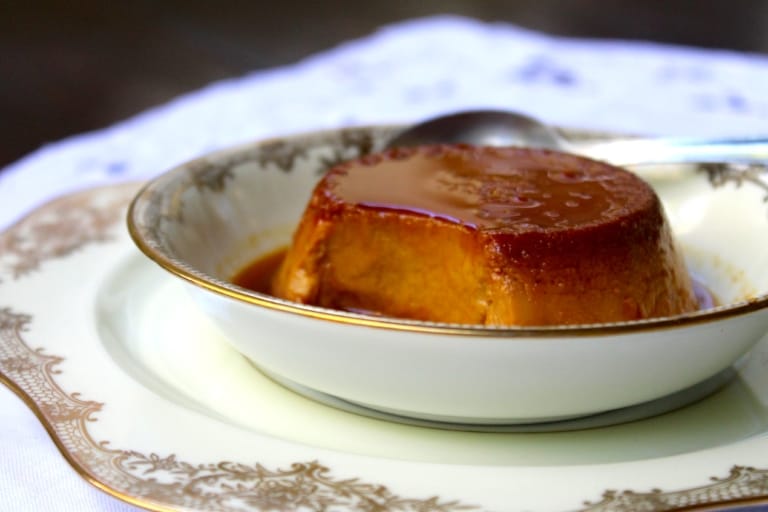
Tropical Fruits and Their Uses
The Dominican Republic is blessed with an abundance of tropical fruits, which play a starring role in the nation’s dessert scene. From the tangy sweetness of pineapples to the lush richness of mangoes, these fruits are often enjoyed fresh or used in a variety of desserts. They’re turned into refreshing sorbets, vibrant fruit salads, and even incorporated into rich cakes and pastries. The use of fruit in Dominican desserts is not just about flavor; it’s a celebration of the island’s bountiful harvest and a nod to the importance of natural ingredients in Dominican cooking.
Regional Specialties
The Dominican Republic’s diverse geography, from sun-kissed coasts to lush mountain ranges, has given rise to a variety of regional specialties. Each area offers its own unique twist on the country’s culinary traditions, showcasing the local flavors and ingredients that make Dominican cuisine so rich and varied.
Coastal Delicacies: Seafood Dishes
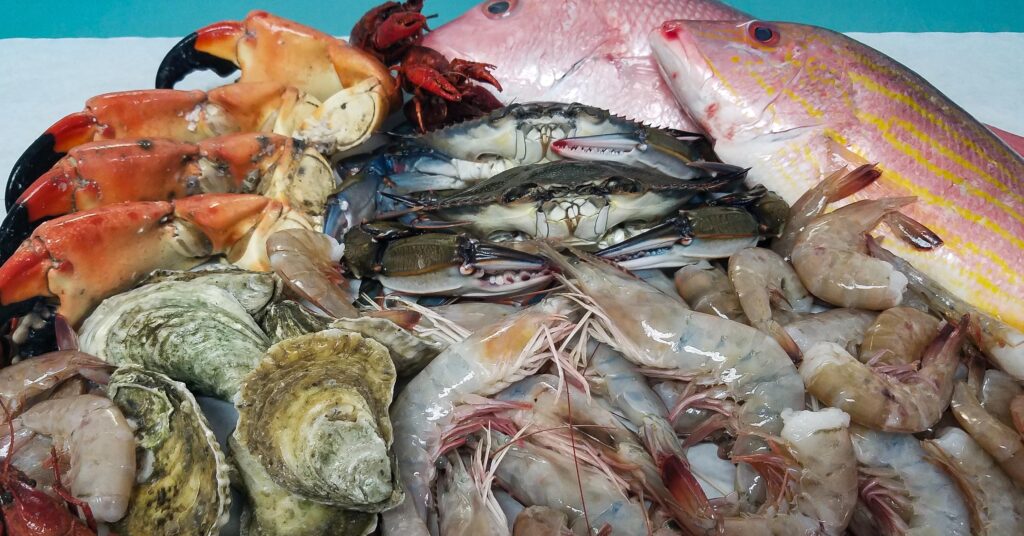
Along the Dominican Republic’s extensive coastline, seafood is the star of the show. Fresh catches from the Caribbean Sea are transformed into mouthwatering dishes that reflect the island’s love affair with the ocean. One such dish is Sancocho de Mariscos, a hearty seafood stew that combines a medley of fish, shrimp, and other shellfish with a flavorful broth seasoned with cilantro, garlic, and lime. It’s a comforting bowl of coastal goodness that encapsulates the essence of Dominican seaside dining.
Mountainous Region Flavors
In the heart of the Dominican highlands, the cuisine takes on a more rustic and earthy character. Here, root vegetables like yuca, ñame, and batata are staples, often boiled or mashed and served alongside rich, meaty stews. One standout dish is La Bandera de los Altos, a highland version of the classic La Bandera, which features these starchy vegetables in place of rice, offering a heartier and more textured experience.
Dining Out: A Guide to Dominican Restaurants
When it comes to dining out in the Dominican Republic, the experience is as rich and varied as the cuisine itself. Whether you’re looking for a quick bite at a street-side stand or a leisurely meal at a seaside restaurant, there’s something for every palate.
Choosing the Right Spot
Finding the perfect place to dine can be a delightful adventure in itself. Authentic Dominican eateries range from casual comedies serving home-style dishes to upscale restaurants offering modern interpretations of classic flavors. Look for places bustling with locals; it’s often a sign of quality and authenticity. Don’t shy away from smaller, family-run establishments where you can enjoy traditional recipes that have been passed down through generations.
Understanding the Menu: A Glossary of Terms
Navigating a Dominican menu can be a journey of discovery. Here are some key terms to help you order with confidence:
- Casabe: A crispy flatbread made from yuca flour, often served as a side.
- Mofongo: A dish of mashed plantains mixed with garlic and pork cracklings.
- Habichuelas: The Dominican term for beans, usually served stewed.
- Chimichurri: Not to be confused with the Argentine sauce, this is a Dominican burger filled with seasoned meat and topped with cabbage and tomato.
Etiquette and Dining Customs
Dominican dining customs are a blend of laid-back Caribbean charm and Spanish-influenced formality. Meals are often leisurely affairs meant to be savored and enjoyed. It’s common to share dishes family-style, sampling a little bit of everything on the table. When it comes to tipping, it’s customary to leave around 10% of the bill if service is satisfactory.
Final Analysis
This is all about “What is the most common food in the Dominican Republic?”. The culinary landscape of the Dominican Republic is a vibrant mosaic, rich with flavors that tell the story of its people and their history. From the bustling streets lined with vendors selling empanadas and tostones to the serene beaches where seafood is served fresh from the ocean, every meal is an opportunity to connect with the Dominican spirit.
Dominican cuisine is a celebration of life’s simple pleasures. It’s in the hearty breakfast of Mangú, the comforting lunch of La Bandera, and the sweet treats that round off a meal. It’s in the tropical fruits that grow abundantly on the island and the regional dishes that vary from coast to mountain. Each bite is a reminder of the island’s bounty and the warmth of its people.
As we conclude this gastronomic journey, it’s clear that the most common foods in the Dominican Republic are more than just sustenance; they are a way of bringing people together, a means of preserving culture, and a form of expressing identity. Whether you’re a local or a visitor, the flavors of the Dominican Republic are an invitation to savor the richness of its culture, one dish at a time.
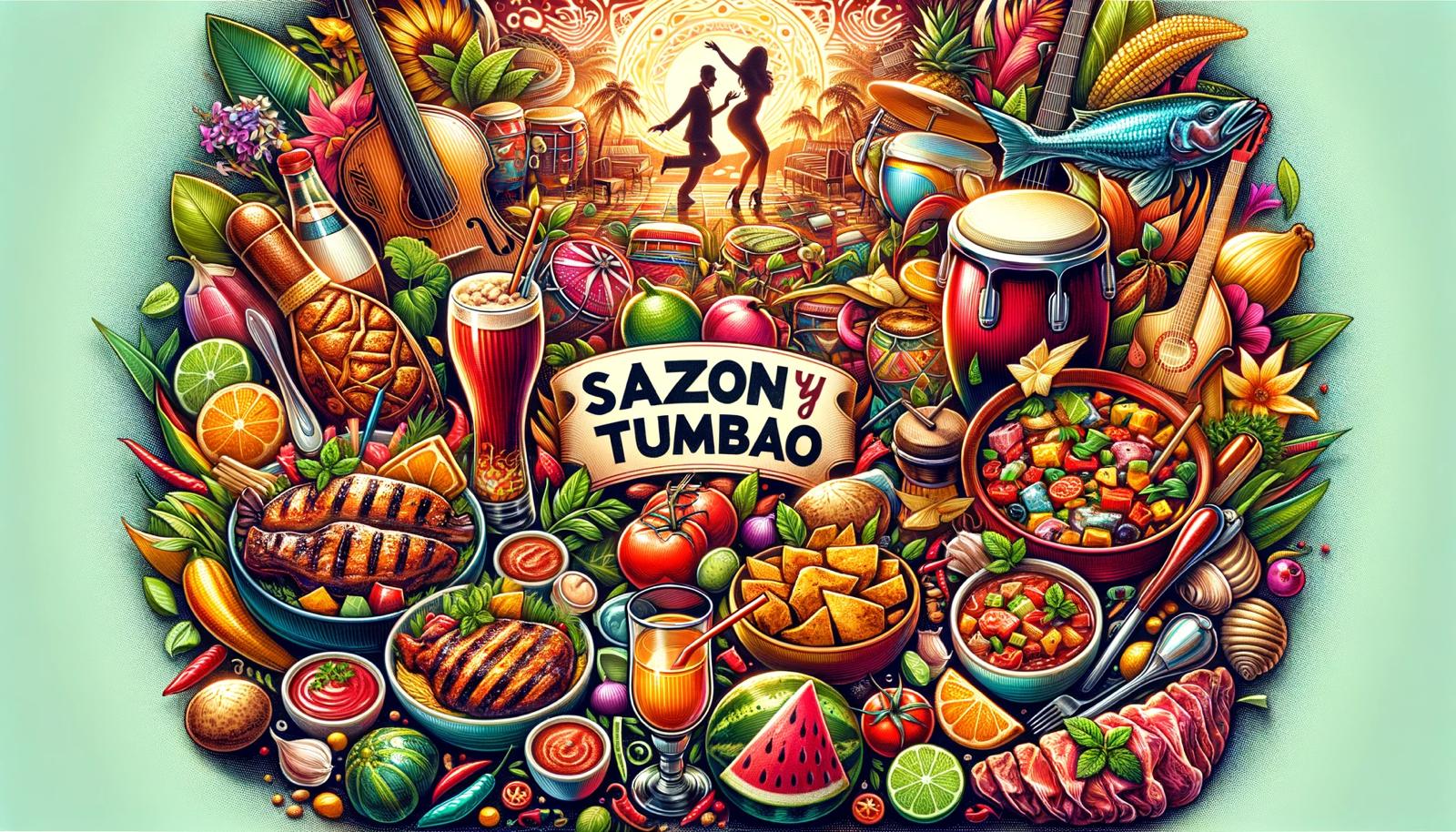


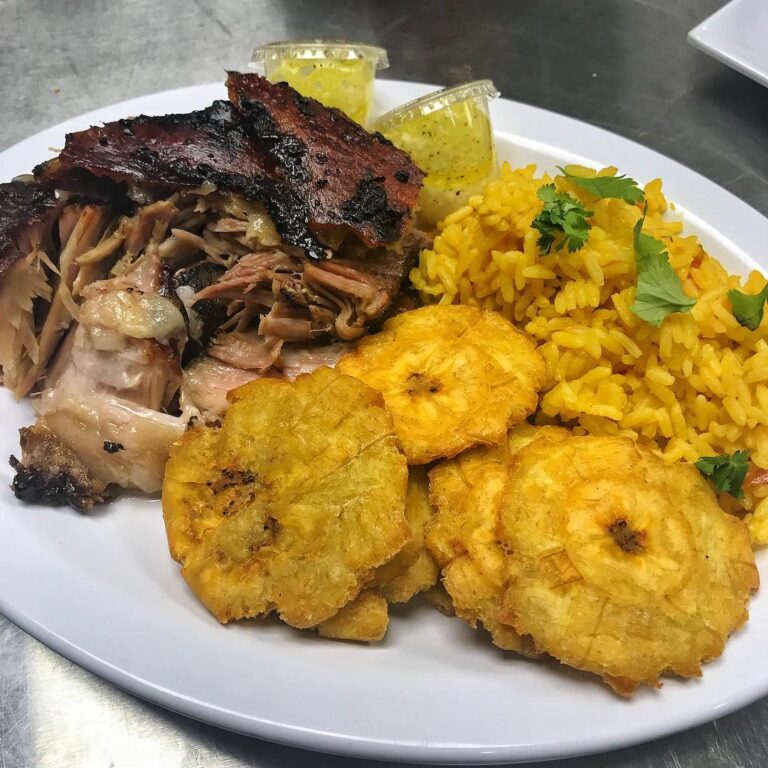

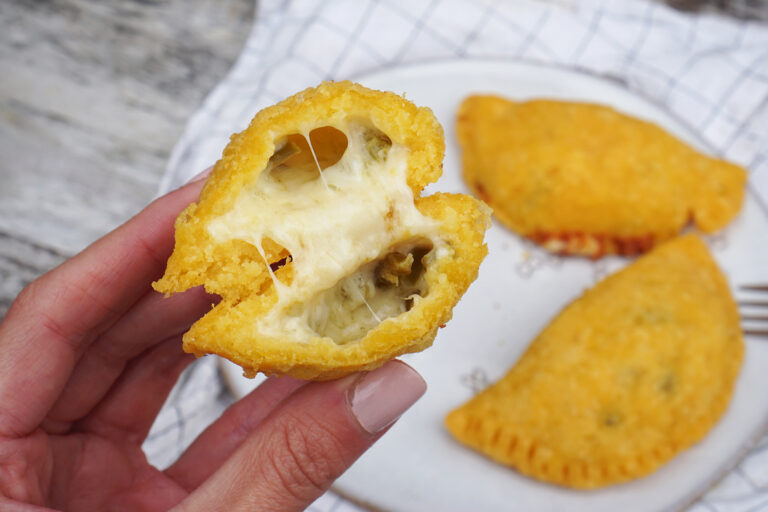
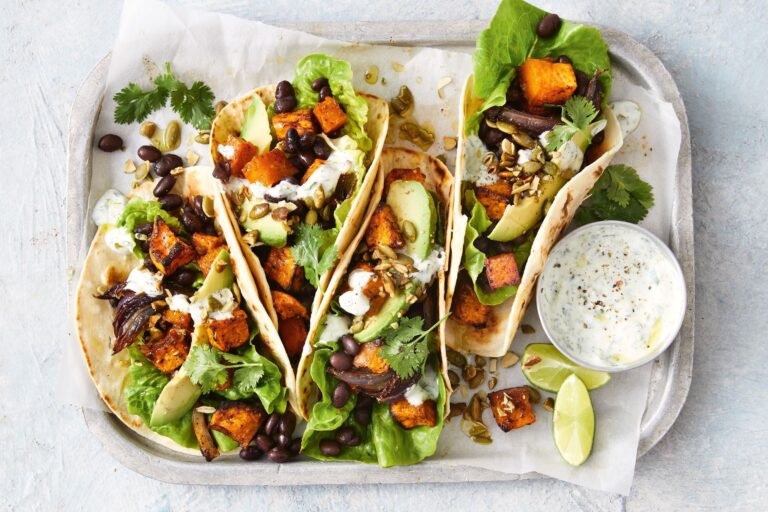

One Comment